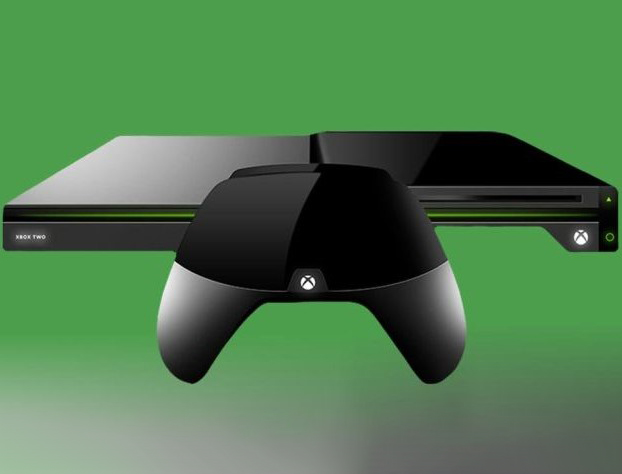Understanding Next Gen Gaming: 4K, Framerates and Hardware Capabilities
As display and gaming technology continues to progress at a rapid pace, it’s important for gamers to understand the technical considerations that impact the performance and visuals of new titles. Factors like resolution, frame rate and underlying system power all contribute to the ultimate experience. Let’s break down some key aspects of next gen hardware standards and what they mean for gaming going forward. ###Part 1: Pushing the Boundaries of Display Technology Advancements in displays have ushered in new opportunities for immersive experiences, with crisp 4K ultra-high definition resolutions and buttery smooth refresh rates now commonplace. While these heightened standards enable stunning visual fidelity, they also place increased demands on underlying hardware. 4K brings over 4 times the pixel count of HD, necessitating far more processing power to render each frame. Similarly, targeting smoother frame rates like 120Hz rather than the standard 60Hz doubles the graphics workload. Game developers must carefully consider these technical requirements and balance them against artistic ambitions.
###Part 2: Delivering on the Promise of 4K
While technically feasible, consistently rendering modern AAA titles at full native 4K resolution and a smooth 60 frames-per-second remains beyond the capability of most current generation console and PC hardware. The immense graphical workload leads many developers to compromise visual fidelity, lowering in-game settings or dynamically adjusting rendering resolution as needed. Upcoming systems from Sony and Microsoft promise to better handle the demands of 4K through powerful custom CPUs and GPUs, but games will still push each system to its limits differently. Developers must optimize judiciously to deliver on the standard across a variety of experiences. ###Part 3: The Gold Standard for Smooth Gameplay When it comes to gameplay feel and comfort, a steady framerate of 60 frames-per-second has firmly established itself as the benchmark target for the best experience. Some games on current hardware still struggle to maintain this cadence, even with lowered graphical settings. Framerate depends not only on the raw processing power available but also the technical skill and optimizations applied by each development team. New hardware enables higher refresh rates up to 120Hz or beyond, yet display adoption means 60Hz remains the practical gold standard. Balancing fluidity and fidelity will be an ongoing challenge. ###Part 4: Maximizing Hardware Muscle
While new consoles like the PlayStation 5 bring monumental leaps in processing capabilities, raw power alone does not guarantee graphics magnificence. As graphical detail, effects complexity and world sizes continue scaling to new heights, even the mightiest machines will find their limits tested. Developers must carefully evaluate which rendering techniques and gameplay features are prioritized based on targeted specs and goals for each title. Simplistic experiences in terms of both scope and graphical polish will naturally perform at peak levels on all systems, but that approach limits creative potential. With optimization, the same hardware can shine across a wide range of experiences. ###Part 5: Leveraging Power Through Optimization True greatness comes not just from brute processing force but the clever use of available resources through refined coding practices and technical optimization. Complex titles with sprawling open worlds, photorealistic rendering and physics-driven interactions stress even the highest-end PCs, so console developers must squeeze out every drop of performance. Techniques like dynamic resolution scaling, specialized rendering modes, multithreaded job systems and texture/asset streaming help maximize framerates within the confines of each system’s specs. Older machines may output at 4K via upscaling but would struggle to maintain playability of next gen games. ###Part 6: Striking a Balance Through Artistic Vision At the end of the day, achieving target resolutions and frame rates depends on finding harmony between technological means and artistic ends. Developers must carefully evaluate which visual elements and interactive facets really drive engagement, then prioritize resources accordingly through a combination of technology and creative compromise. Some games favor immersive worlds and spectacular vistas over raw pixel-pushing prowess, while others focus on tight mechanics over cinematic flair. Only by understanding hardware realities and balancing priorities will teams deliver phenomenal yet polished experiences across all available platforms. ###Part 7: Ensuring Smooth Experiences Moving Forward As the standards for resolution, graphical fidelity and frame rates continue ratcheting ever higher placed on gaming hardware, maintaining smooth visuals and input responsiveness will grow more challenging. However, with prudent refinement of both programming techniques and artistic ambitions, the industry remains well positioned to maximize what’s possible from even modest systems. By applying hard-learned optimization lessons and scaling technical goals based on installed base capabilities, developers can deliver breathtaking adventures that feel great to play on all machines. The future remains bright for accessible and engrossing interactive entertainment across a wide spectrum of technical means.
